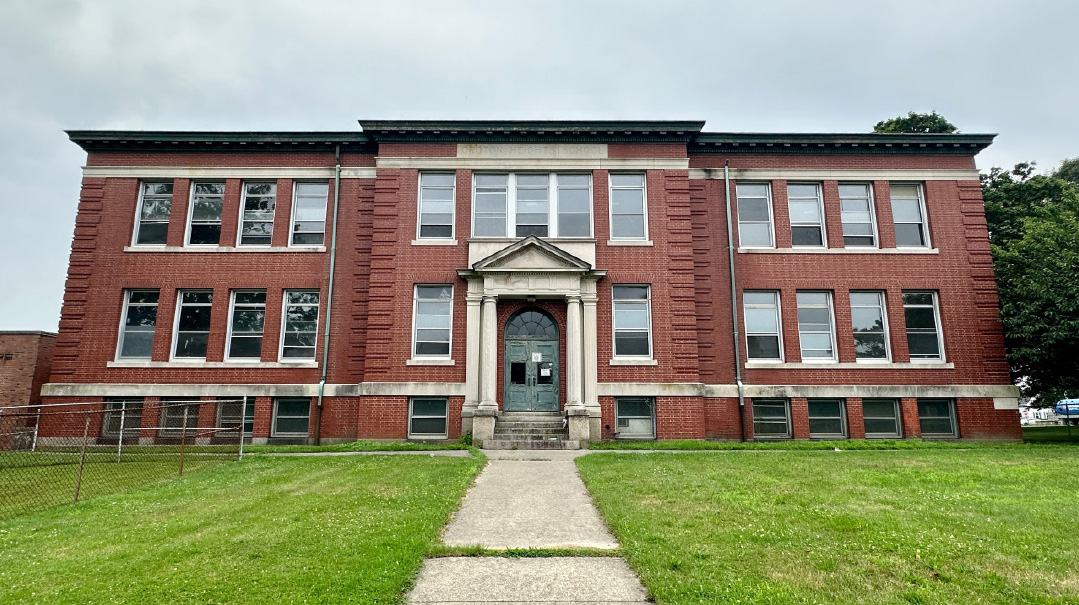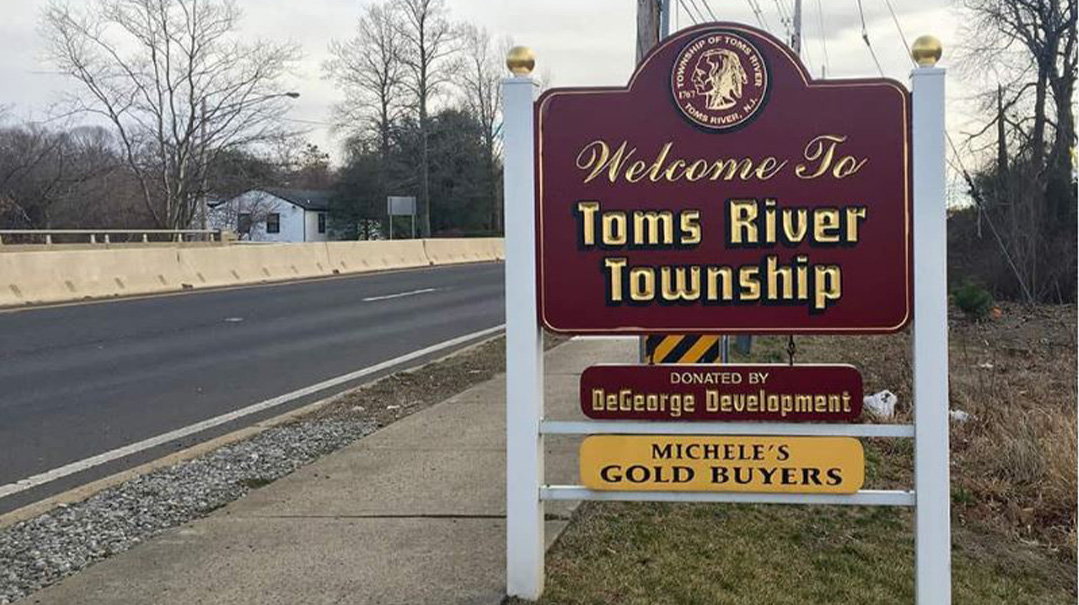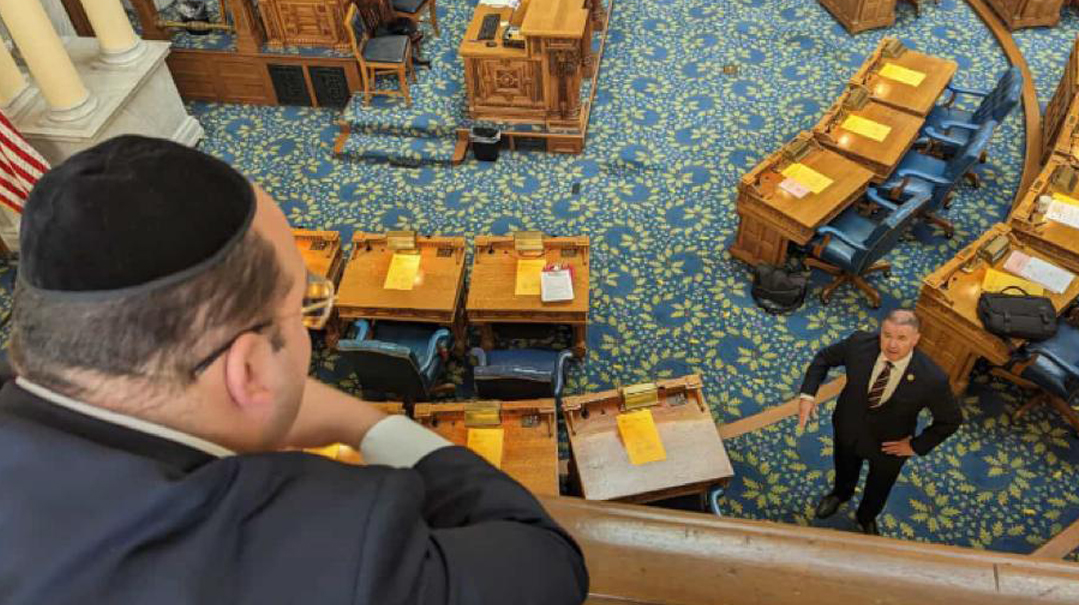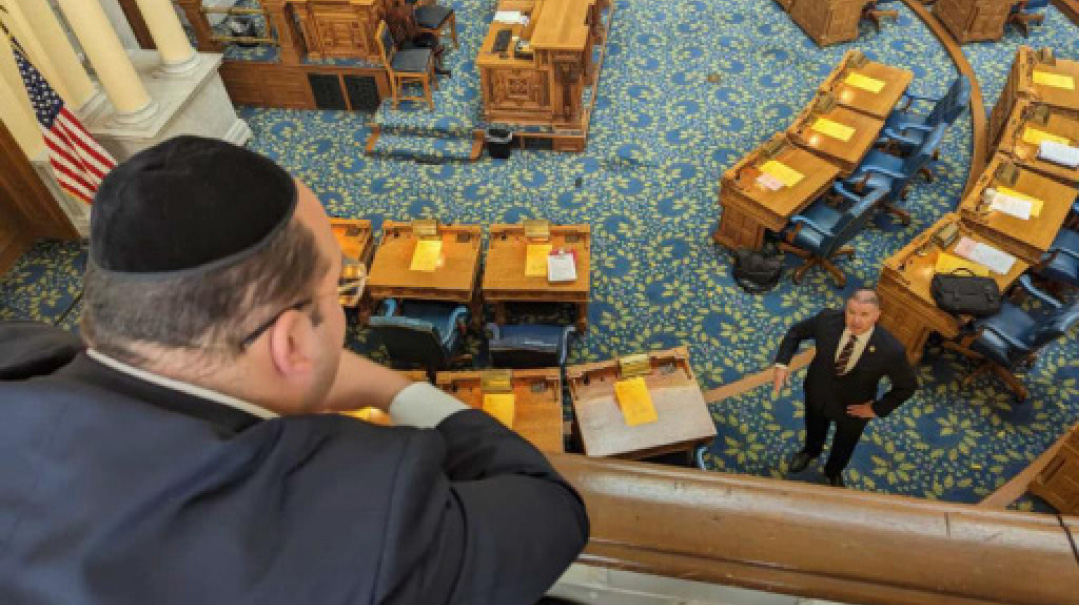Yeshivah Students on a Mission
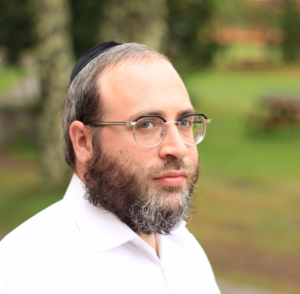
Will Orthodox clout in Albany translate into dollars for yeshivos?

M
arch is a hectic month for New York state lawmakers. The last-minute push to tweak the budget before April 1, when the new fiscal year starts, draws lobbyists and activists to Albany to make their last pitch.
But the scene last Tuesday in the state capitol — hundreds of ecstatic yeshivah students roaming the corridors, cheering on their elected representatives — sent a powerful message: The Orthodox Jewish community is thriving and growing, and asking for their fair share.
The students were there as part of the Orthodox Union’s Teach NYS annual mission to Albany, advocating for increased funding for STEM education and security measures in next year’s budget.
“Your involvement makes a whole lot of difference in the world,” Senate Majority Leader John Flanagan told the students, before inviting a small group to view the Senate Chamber. “You strengthen my resolve to work with my colleagues to ensure that your trip is productive in the short term and the long term. You are our next generation of leaders.”
Several notable public officials spoke speaking before the mission, including Lieutenant Governor Kathy Hochul and legislative leaders from both sides of the aisle.
Freshman assembly member Carmen De La Rosa — a Democrat representing Manhattan’s Washington Heights neighborhood, where Yeshiva University is located —vowed to fight for increased funding “because if we believe in a New York State that is progressive, we must invest in that future workforce, and that future workforce is standing before us right now.”
Senator Todd Kaminsky (D–LI), who met privately with parents and students from the Five Towns and West Hempstead, touted his support of funding for yeshivos as fair and just. “Your parents work too hard, you work too hard, and we have come too far to turn back,” he said.
Governor Andrew Cuomo’s preliminary fiscal year 2019 budget includes $186 million to reimburse non-public schools for the costs of state-mandated activities, $60 million for the Comprehensive Attendance Policy (CAP), and a $5 million for instruction in science, technology, engineering, and math (STEM). Last year, New York became the first state in the nation to fully compensate non-public schools for the costs of qualified STEM teachers.
Because the state faces a $4.4 billion budget deficit, OU leaders understand that advocating for new programs would be a nonstarter. They are hoping to obtain additional funding under the STEM program, their optimism fueled by the dramatic increases in aid to non-public schools over the last few years. The total annual amount has more than doubled, from $140 million dollars to just under $300 million.
“The needle is moving,” OU executive vice president Allen Fagin noted. “But it needs to move a whole lot more, and whole lot faster.”
The total public-school enrollment in grades K through 12 for New York State was over 2.6 million in 2015. There are another 400,000 students who attend non-public schools in the state; of that number, about 150,000 attend Jewish day schools or yeshivos. The $25 billion state education budget allocates only about 1% percent of its funds for programs benefiting non-public school students and their parents — even though they constitute some 13% of the total school-age population.
In closing remarks to the group, Senate co-leader Jeff Klein, who holds the balance of power for the Republicans in the state senate as head of the eight-member Independent Democratic Conference (IDC), recalled his upbringing as the grandson of Holocaust survivors and spoke of the importance of practicing Judaism as part of American life.
“What we stand for as Jews, I think, is something that is very American,” Klein said.
Probably the most exciting moment for the students was playing a Jewish history Kahoot! game, guessing who was the first Jew to step foot in the United States, who was the first American-born rabbi to lead a chassidic group, and who was the first Jewish justice on the Supreme Court.
(Excerpted from Mishpacha, Issue 703)
Oops! We could not locate your form.








